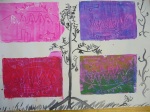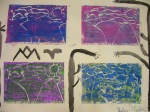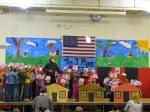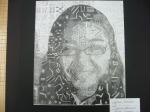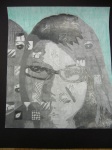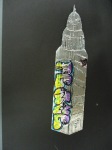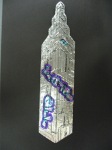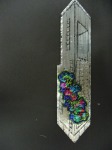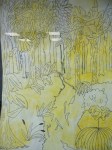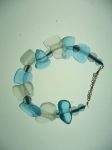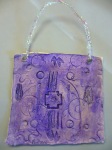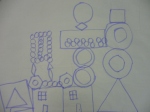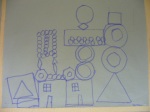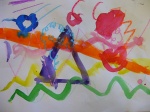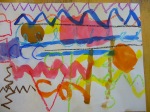5th graders learned the ancient art of Japanese woodblock prints. We explored Katsushika Hokusai’s work, 36 View from Mount Fuji.
Hokusai was a famous Japanese printmaker. A printmaker carves into wood, metal, or linoleum, to create an image called a plate. The plate is inked, and the image is transferred onto paper. Printmaking has been around for hundreds of years, and before we had modern day printers, this is how we used to print copies of books and posters.
Hokusai truly valued the beauty of Japan’s landscapes. After looking closely at Hokusai’s prints, we created our landscapes by carving into a plate. Once our plate was finished, we painted them, and using a brayer, we transferred our image onto a large paper. In connection with learning about the art of Japanese printing, we learned the art of Japanese Sumi-E painting as we added a decorative edge around our border.
